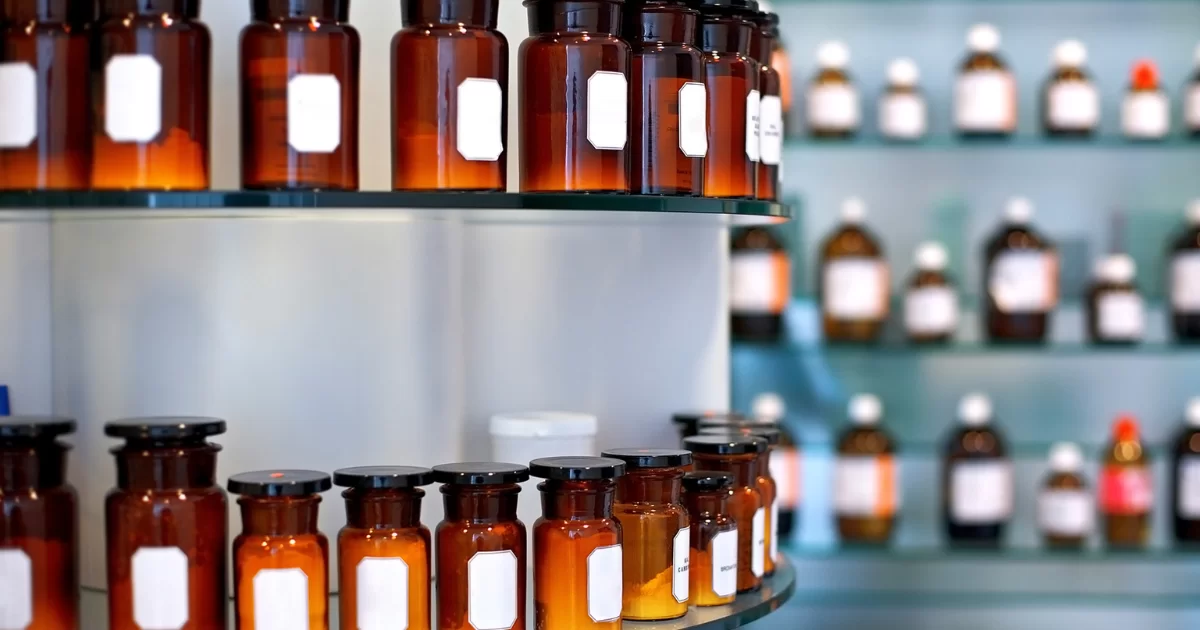
In the highly specialized field of pharmaceutical manufacturing, the selection of packaging materials is not merely a matter of containment but a critical factor in ensuring drug stability, compliance, and patient safety. Among the myriad packaging solutions, PET (Polyethylene Terephthalate) bottles have carved a niche for themselves, offering an unparalleled combination of durability, safety, and convenience. This article aims to dissect the multifaceted role of pharma PET bottles in the pharmaceutical industry, from enhancing drug stability and patient compliance to meeting rigorous regulatory standards and contributing to environmental sustainability.
Role of PET Bottles in Drug Stability Optimization:
PET bottles have become a cornerstone in pharmaceutical packaging, heralded for their unparalleled ability to preserve the stability and integrity of medications from the point of manufacture to the moment of administration. This section delves into the intrinsic properties of PET and their direct impact on drug stability, ensuring that medications retain their therapeutic effectiveness throughout their intended shelf life.
Exceptional Barrier Properties:
One of the paramount features of PET is its outstanding barrier properties against oxygen, carbon dioxide, and water vapor. These elements, found abundantly in the environment, can significantly compromise the stability of pharmaceuticals by facilitating oxidative reactions or hydrolysis, leading to the degradation of active pharmaceutical ingredients (APIs). PET’s ability to obstruct these elements effectively prolongs the shelf life of drugs, ensuring that they remain efficacious and safe for consumption over extended periods.
Protection Against UV Light:
Exposure to UV light can be detrimental to many pharmaceutical compounds, leading to photodegradation and loss of drug efficacy. PET bottles can be engineered with UV inhibitors that absorb or block harmful UV radiation, thereby providing an added layer of protection to light-sensitive medications. This customization option enhances the versatility of PET as a packaging material, catering to a broader range of pharmaceutical products that require shielding from light.
Impact Resistance and Durability:
The robustness of PET bottles is another attribute that contributes to their role in drug stability optimization. Their impact resistance ensures that the integrity of the packaging remains intact even under stressful conditions during transportation and handling. This durability prevents breaches in the packaging that could expose the medications to environmental factors, thus maintaining the controlled environment necessary for the stability of pharmaceuticals. Thanks to their high impact, PET bottles can be light weight and still shatter resistant, thus saving plastic material and offer a sustainable packaging solution.
Design Flexibility:
PET’s versatility extends to its moldability, allowing for the creation of bottles in various shapes, sizes, and with specific design features like tamper-evident seals, child-resistant caps, and airtight closures. These design innovations not only enhance the physical protection of the medication but also improve the ease and accuracy of dosing, further contributing to the overall stability and efficacy of the drug by ensuring proper administration.
Compatibility with a Wide Range of Formulations:
The adaptability of PET to accommodate a diverse array of pharmaceutical formulations, from aqueous solutions to powders and high-viscosity gels, underscores its role in drug stability optimization. This compatibility ensures that PET can be used across a broad spectrum of pharmaceutical products without compromising the stability or integrity of the formulations, making it a universally preferred choice in pharmaceutical packaging.
PET Material Properties:
The efficacy of PET bottles in pharmaceutical packaging can be attributed to their distinctive molecular architecture, which endows them with several beneficial properties. This section expands on these properties, underlining their significance in ensuring the stability and integrity of medications.
Superior Clarity and Transparency:
PET’s exceptional clarity is not just an aesthetic attribute but serves a critical functional purpose in pharmaceutical packaging. This transparency allows for easy visual inspection of the product, enabling healthcare professionals and patients to monitor the medication’s condition without compromising the packaging’s integrity. The ability to detect discoloration, precipitation, or any other signs of product degradation at a glance is invaluable in maintaining the highest standards of drug safety and efficacy.
High Mechanical Strength and Durability:
At the molecular level, PET exhibits a highly oriented structure, which contributes to its impressive strength and durability. This mechanical robustness is crucial for protecting the product during transportation, handling, and storage, minimizing the risk of breakage or deformation that could compromise the packaging’s barrier properties. The strength of PET also allows for the design of lighter-weight bottles that maintain their integrity, contributing to material efficiency and sustainability.
Exceptional Barrier Properties:
The molecular structure of PET provides an effective barrier against moisture, oxygen, and other gases, which are known to accelerate the degradation of many pharmaceutical compounds. By limiting permeation of these substances, PET bottles protect the medication’s potency and prevent adverse reactions that could occur due to product degradation. This barrier effectiveness is a key factor in extending the shelf life of pharmaceuticals and ensuring their therapeutic efficacy remains intact until the point of use.
Customizability and Compatibility with Additives:
The molecular flexibility of PET allows for the incorporation of various additives without compromising its inherent properties. UV stabilizers, colorants, and barrier enhancers can be added to PET to tailor its properties to specific pharmaceutical needs, such as protection from UV light or improved gas barrier properties. This customizability makes PET an incredibly versatile material capable of meeting a wide range of packaging requirements.
Recyclability and Environmental Considerations:
PET’s molecular structure not only contributes to its functional properties but also to its environmental profile. PET is highly recyclable, and its ability to be reprocessed and reused in various applications, including pharmaceutical packaging, plays a significant role in reducing the environmental impact of packaging waste. The recyclability of PET, combined with its durability and barrier properties, underscores its value in creating sustainable packaging solutions that do not compromise product safety or efficacy.
Interaction with Pharmaceuticals:
PET’s compatibility with a vast array of pharmaceutical formulations, from liquid syrups to pills and capsules, underscores its versatility. This compatibility ensures that PET bottles can safely contain various medications without compromising their quality or efficacy. For an in-depth exploration of PET’s adaptability to different pharmaceutical needs, the advancements in custom blow molding offer insights into how tailor-made PET solutions are designed to meet the specific requirements of individual medications, enhancing the stability and integrity of the products they encase.
Advances in PET Bottle Material Science for Enhanced Drug Protection:
The continuous evolution of PET technology has led to significant advancements in material science, aimed at bolstering the protective features of PET bottles against UV light, moisture, and gas permeation. Innovations in additive technology, such as UV blockers and oxygen scavengers, have been instrumental in enhancing the photostability and oxidation resistance of pharmaceuticals housed in PET containers.
For a deeper understanding of the latest advancements in PET material science, readers are encouraged to explore comprehensive studies on the subject, which discuss the integration of nanotechnology and advanced barrier coatings to further elevate the protective capabilities of PET bottles.

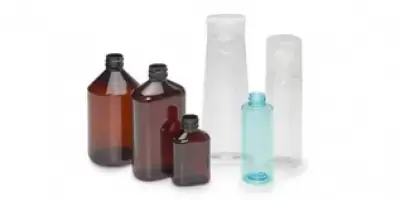 PET Bottles for Cosmetics
PET Bottles for Cosmetics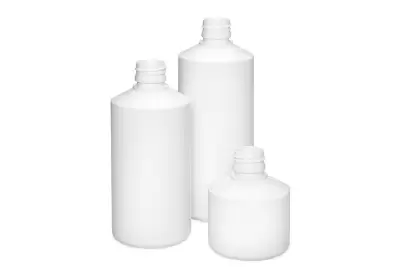 Medical Syrup Bottles
Medical Syrup Bottles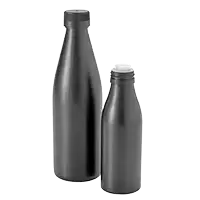 Spill Proof Bottles for Oil
Spill Proof Bottles for Oil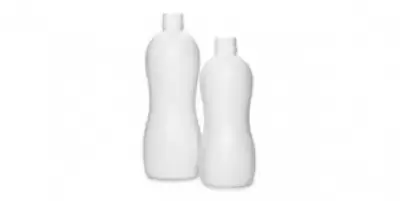 Bottles for pharma liquids
Bottles for pharma liquids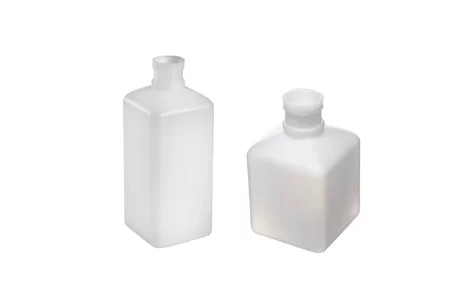 Square HDPE Bottles
Square HDPE Bottles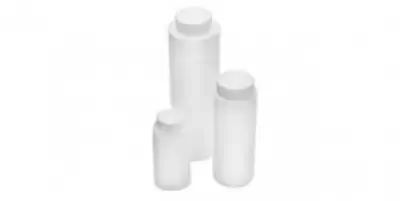 Powder Bottles
Powder Bottles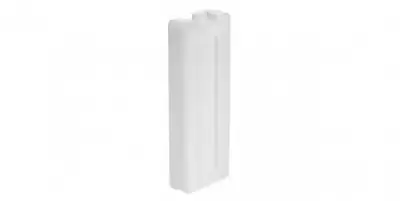 Ice Pack (Cooling Element)
Ice Pack (Cooling Element)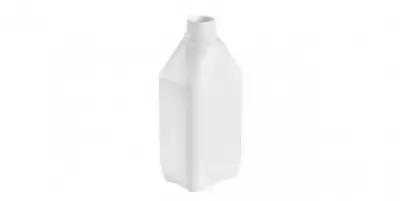 Rectangular Bottles
Rectangular Bottles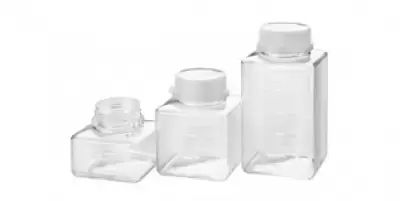 Water Sampling Bottles
Water Sampling Bottles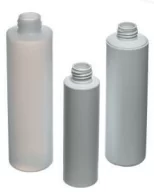 PE Bottles for Cosmetics
PE Bottles for Cosmetics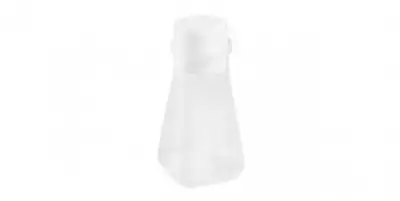 Drosophila Bottle
Drosophila Bottle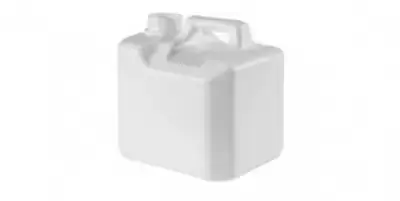 Plastic Jerry cans and carboys
Plastic Jerry cans and carboys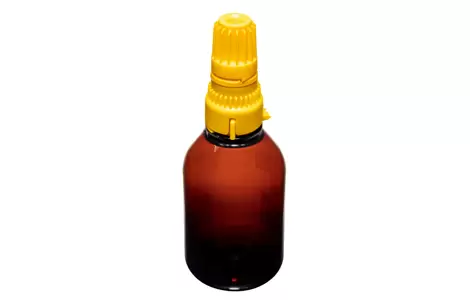 PEN BOTTLES & ADAPTORS FOR SEVOFLURAN
PEN BOTTLES & ADAPTORS FOR SEVOFLURAN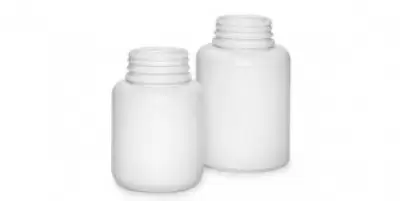 Food Supplement Jars
Food Supplement Jars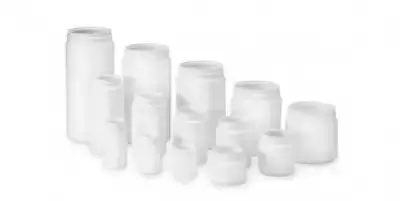 Cylindrical Jars with Hinged Lid
Cylindrical Jars with Hinged Lid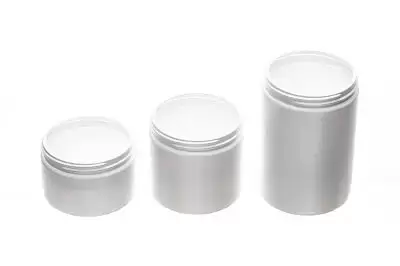 Cylindrical Jars with Screw Caps
Cylindrical Jars with Screw Caps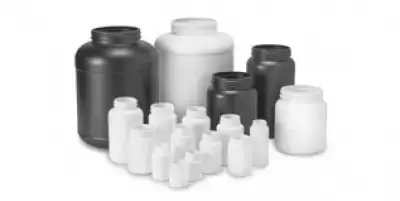 Wide Mouth Plastic Jars
Wide Mouth Plastic Jars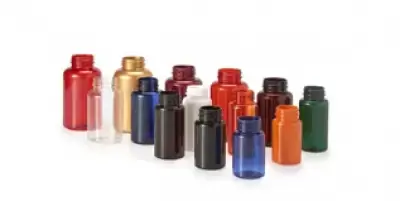 PET Pill Jars
PET Pill Jars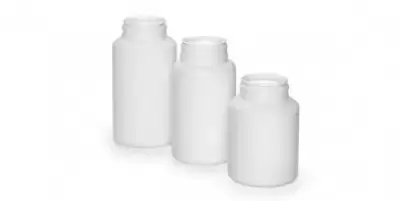 HDPE Packers with Hinged Lid
HDPE Packers with Hinged Lid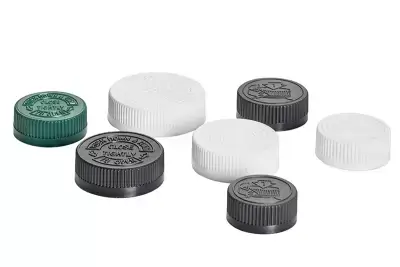 Child Resistant Closures (CRC)
Child Resistant Closures (CRC)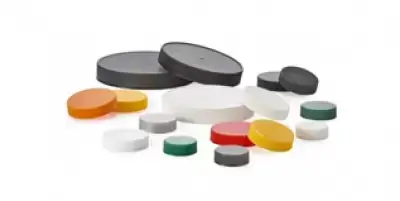 CT Plastic Screw Caps
CT Plastic Screw Caps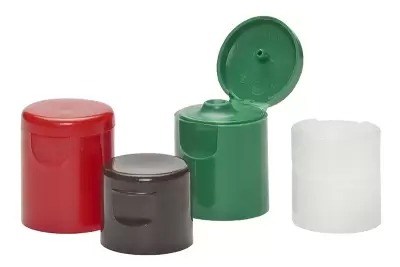 Disc Top and Flip Top Closures
Disc Top and Flip Top Closures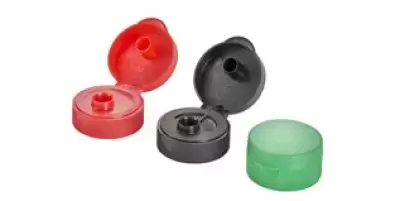 Flip Top Closures
Flip Top Closures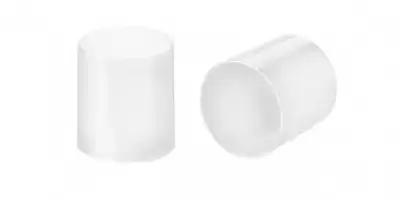 Over cap for Cosmetic Bottles
Over cap for Cosmetic Bottles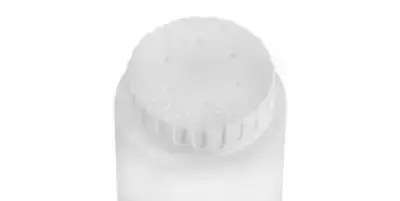 Powder Dispensing Cap
Powder Dispensing Cap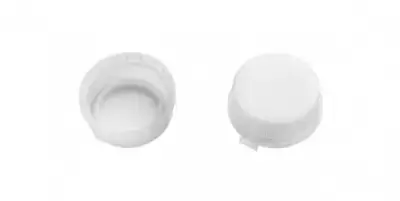 Cap for Water Sampling Bottles
Cap for Water Sampling Bottles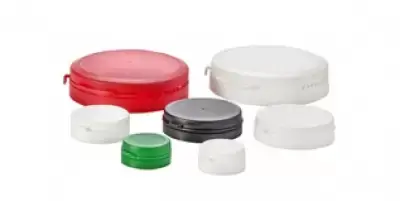 Tamper Evident Hinged Caps
Tamper Evident Hinged Caps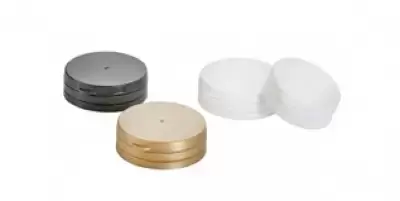 Hinged Caps with Liner
Hinged Caps with Liner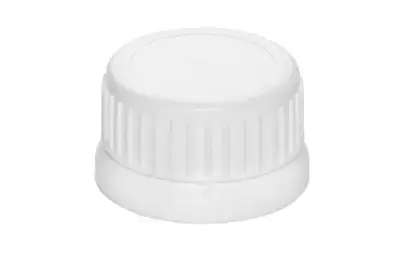 Tamper Evident Screw Cap, 38mm
Tamper Evident Screw Cap, 38mm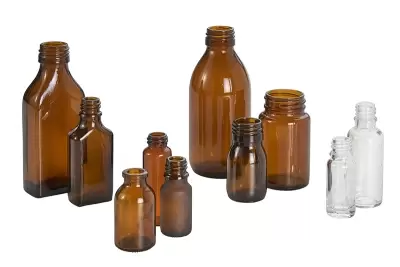 Pharma Glass Bottles & Jars
Pharma Glass Bottles & Jars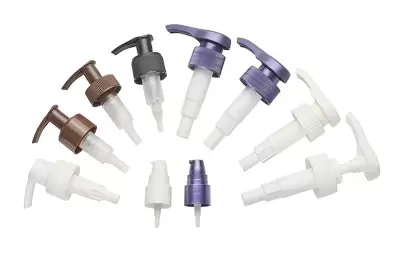 Pharma Lotion Pumps
Pharma Lotion Pumps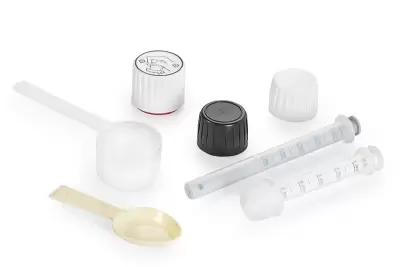 Measuring Cups & Spoons
Measuring Cups & Spoons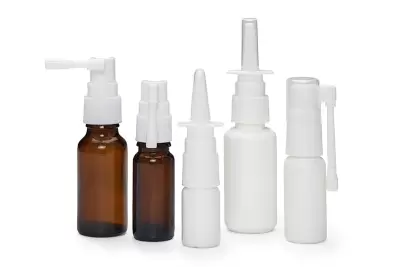 Pharmaceutical Sprayer Pumps
Pharmaceutical Sprayer Pumps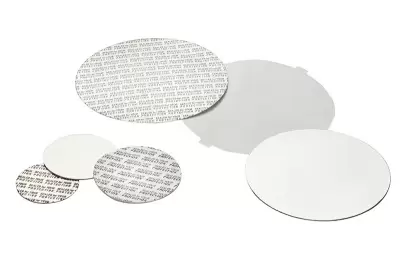 Cap Liners
Cap Liners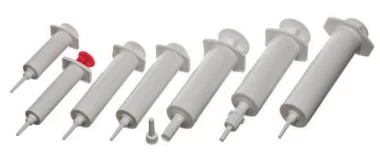 Syringes
Syringes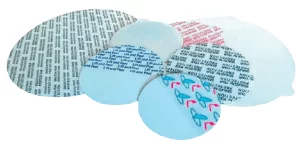 Liners
Liners





